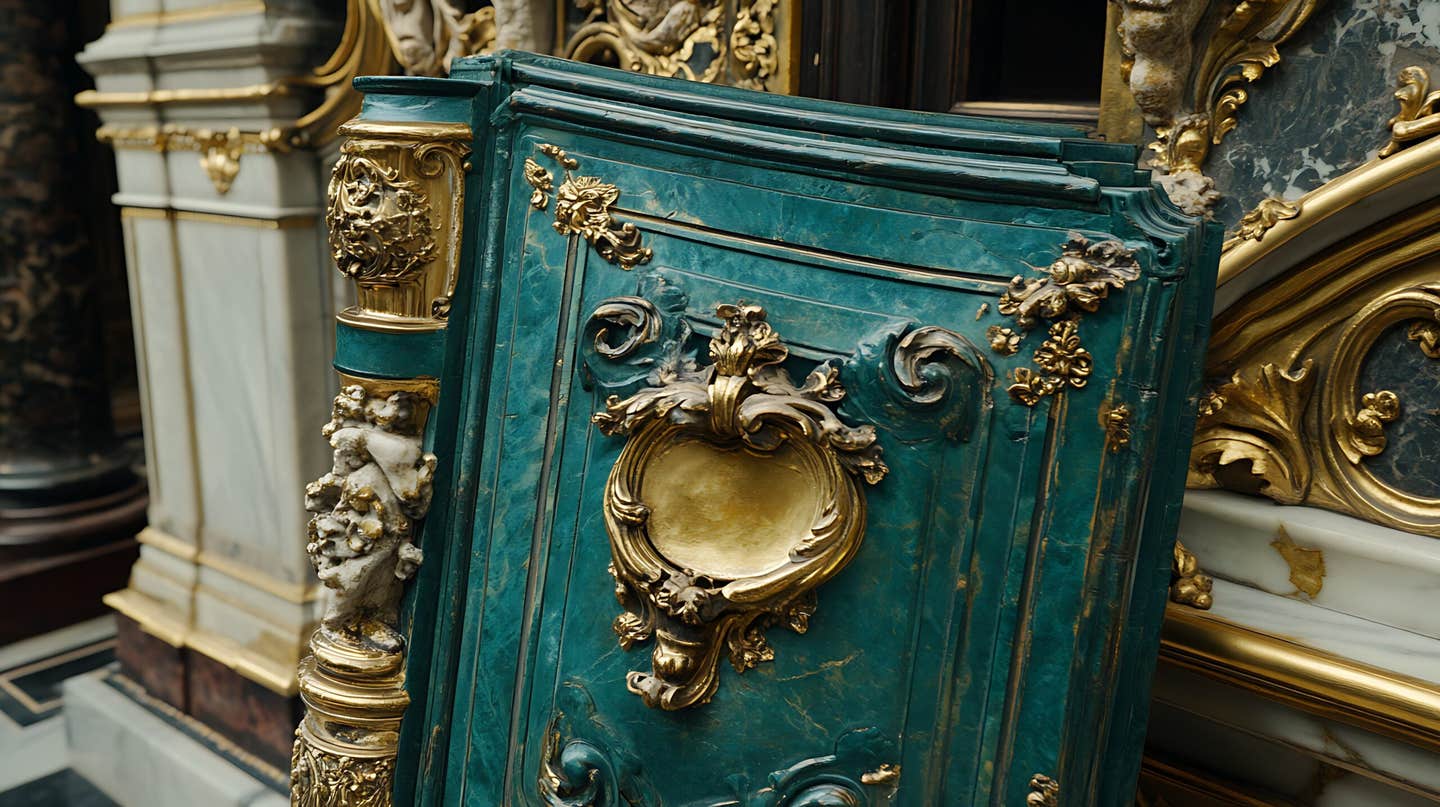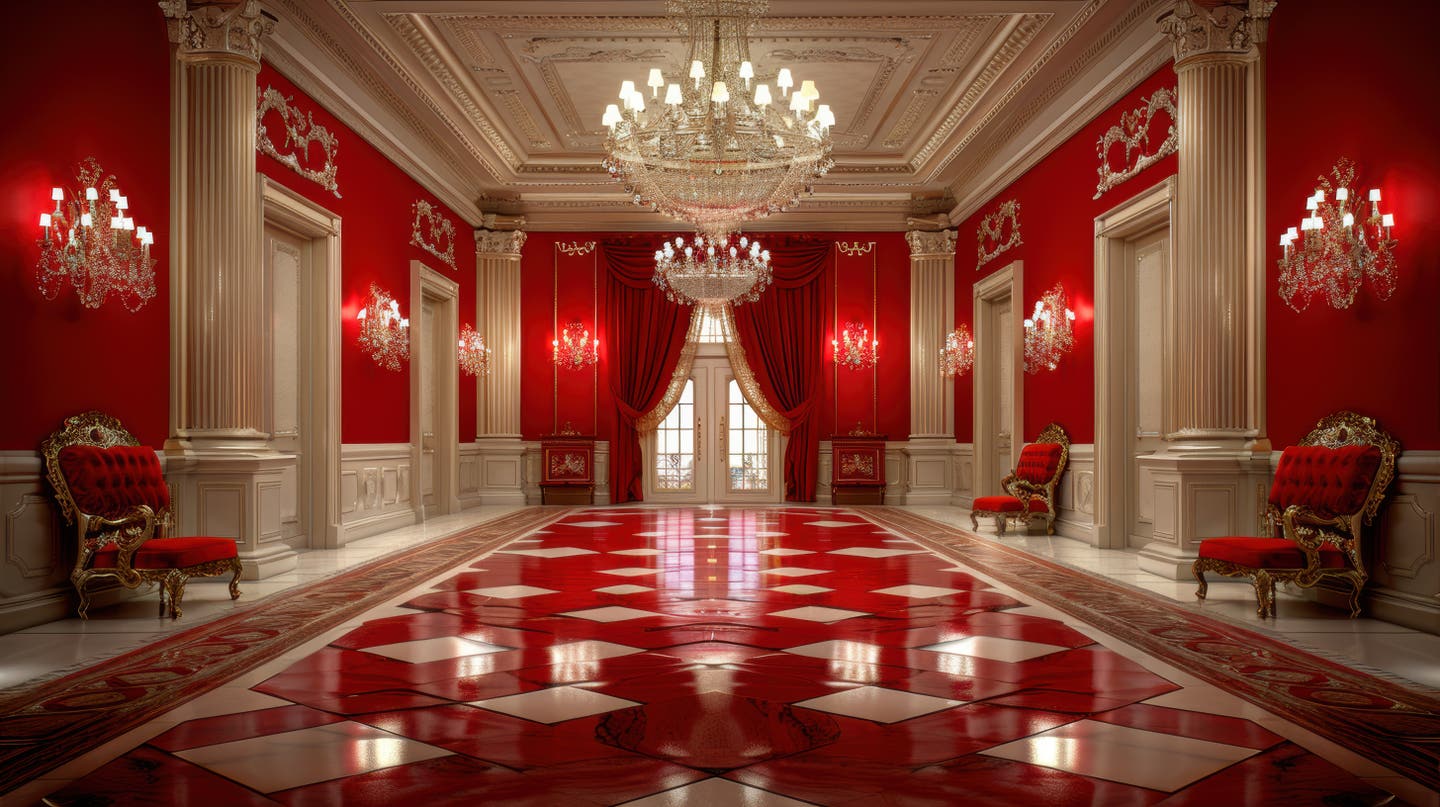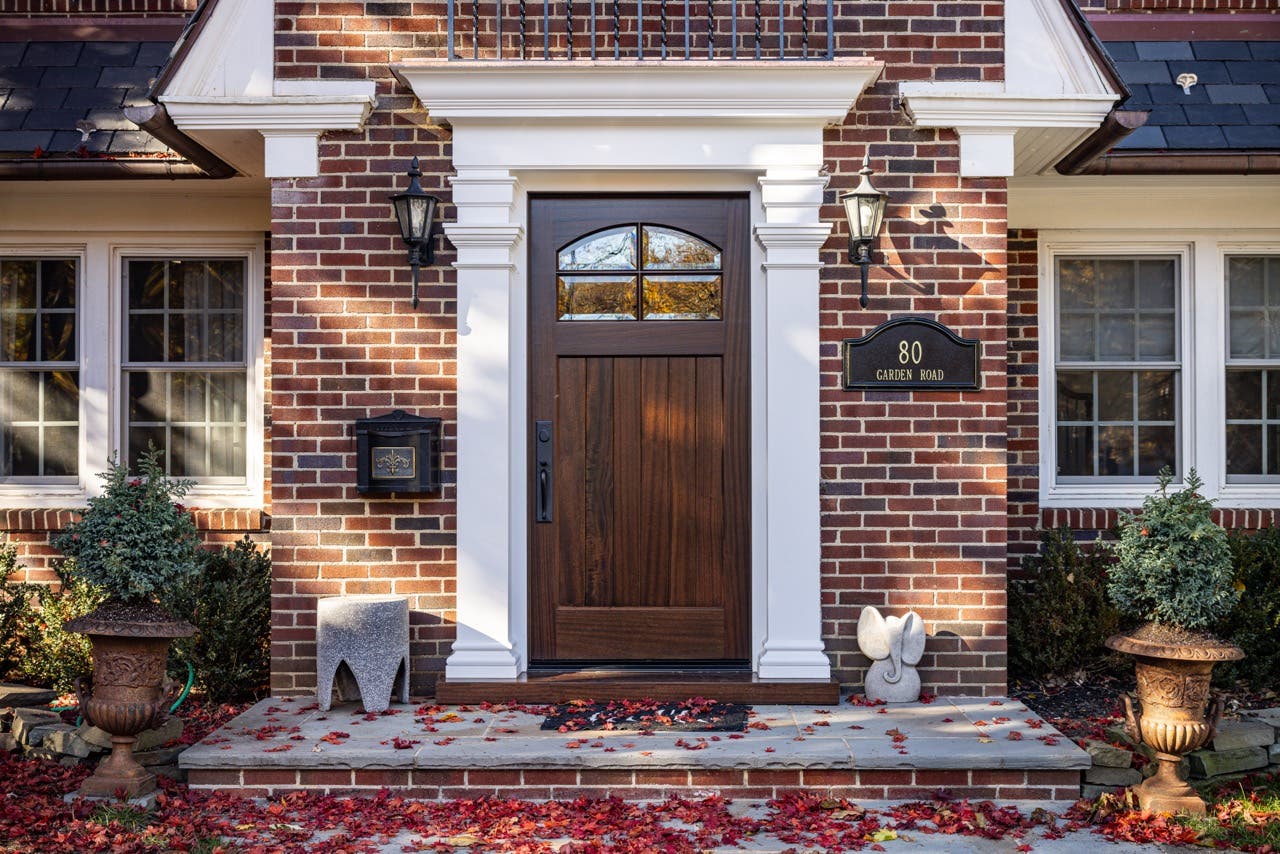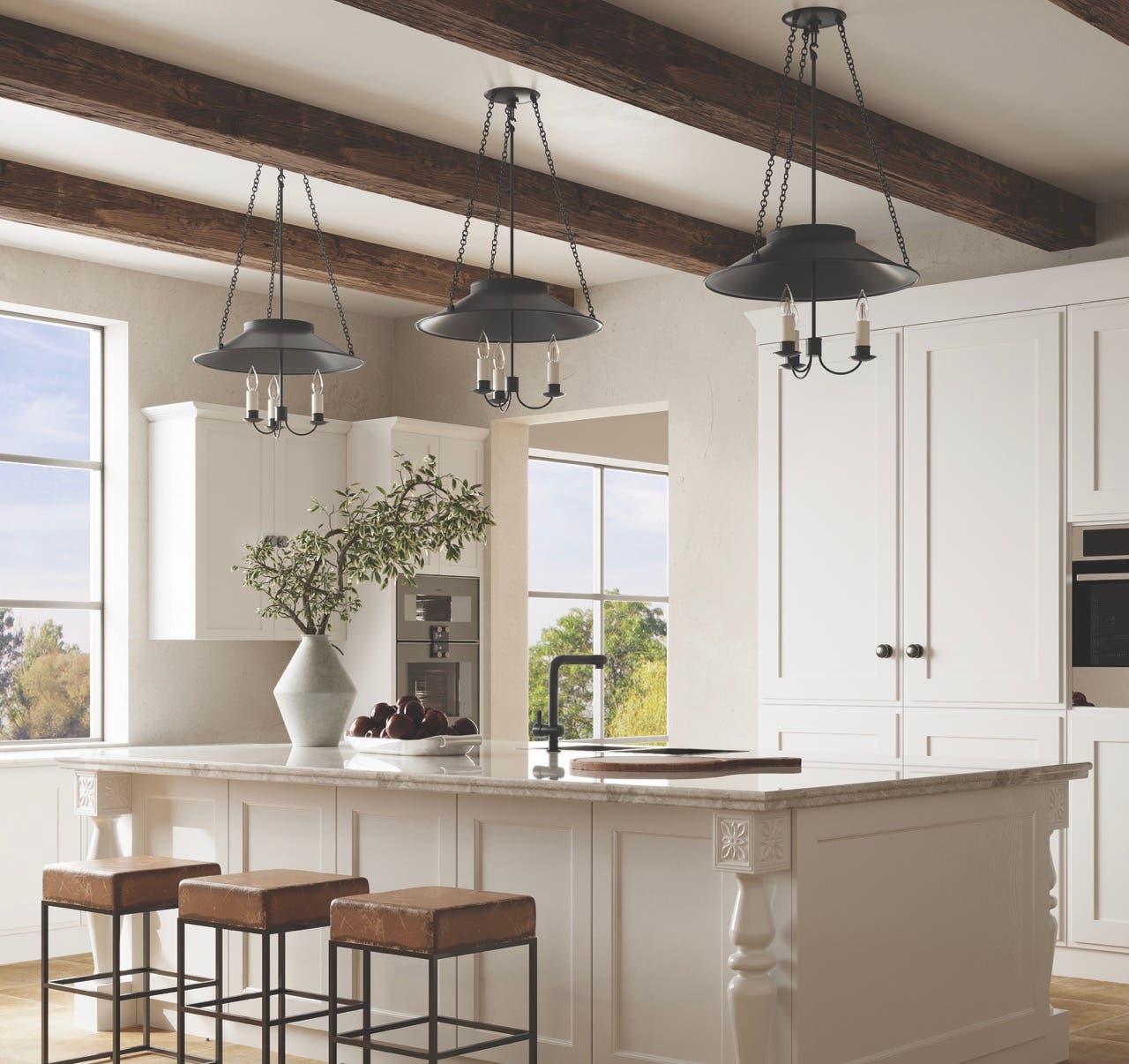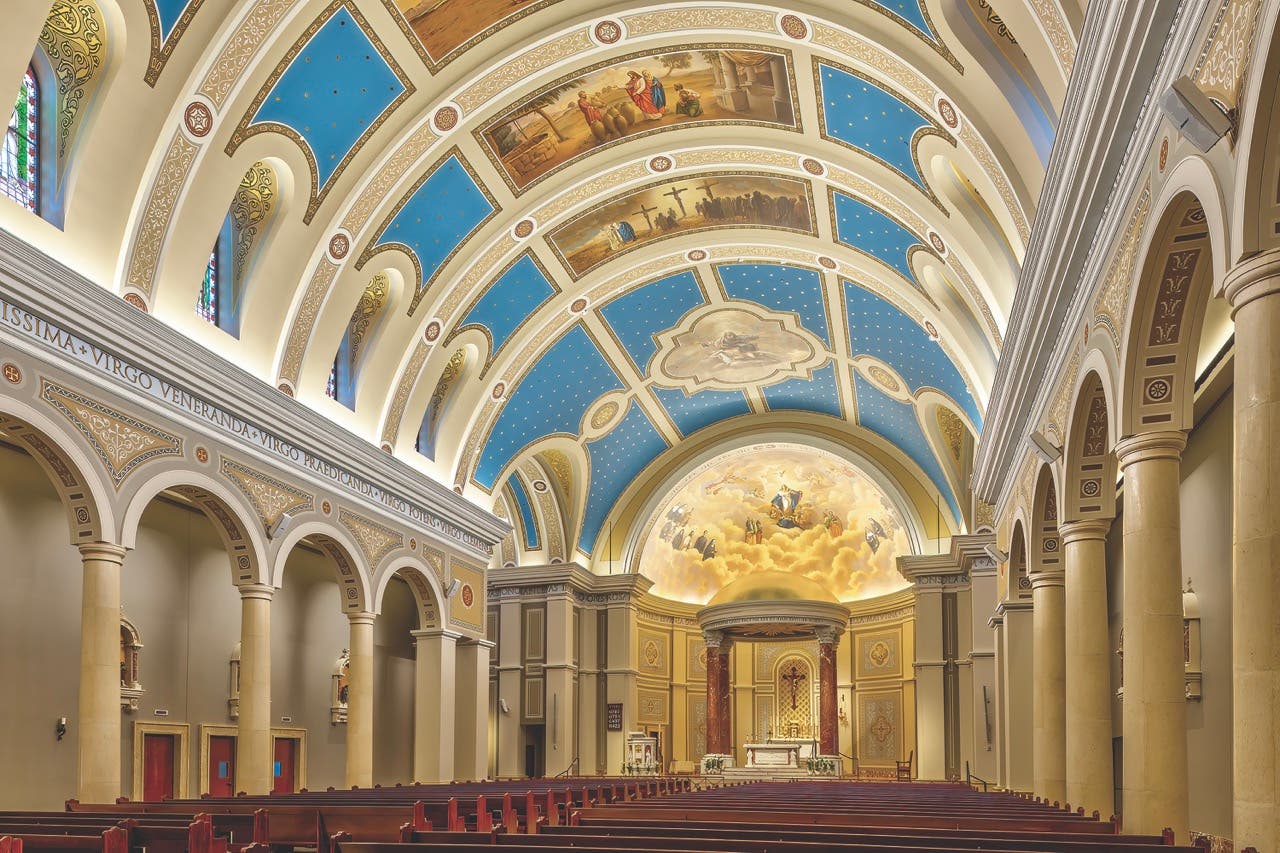
Product Reports
Reclaimed Wood Flooring
E.T. Moore Manufacturing, Inc.
Quantity and quality are often related, and when it comes to antique heart pine flooring, they can go hand-in-hand. “We have five acres of beams, floors, and material under out roof,” says Taylor Moore of E.T. Moore Manufacturing, Inc. in Richmond, Virginia, “a deep inventory that gives us the range to match whatever the project requires.” While about 85 percent of the inventory is heart pine, they carry other species as well, principally old sinker cypress along with miscellaneous woods like Douglas fir. “We started in 1969, and some of our inventory is 40 years old,” says Moore.

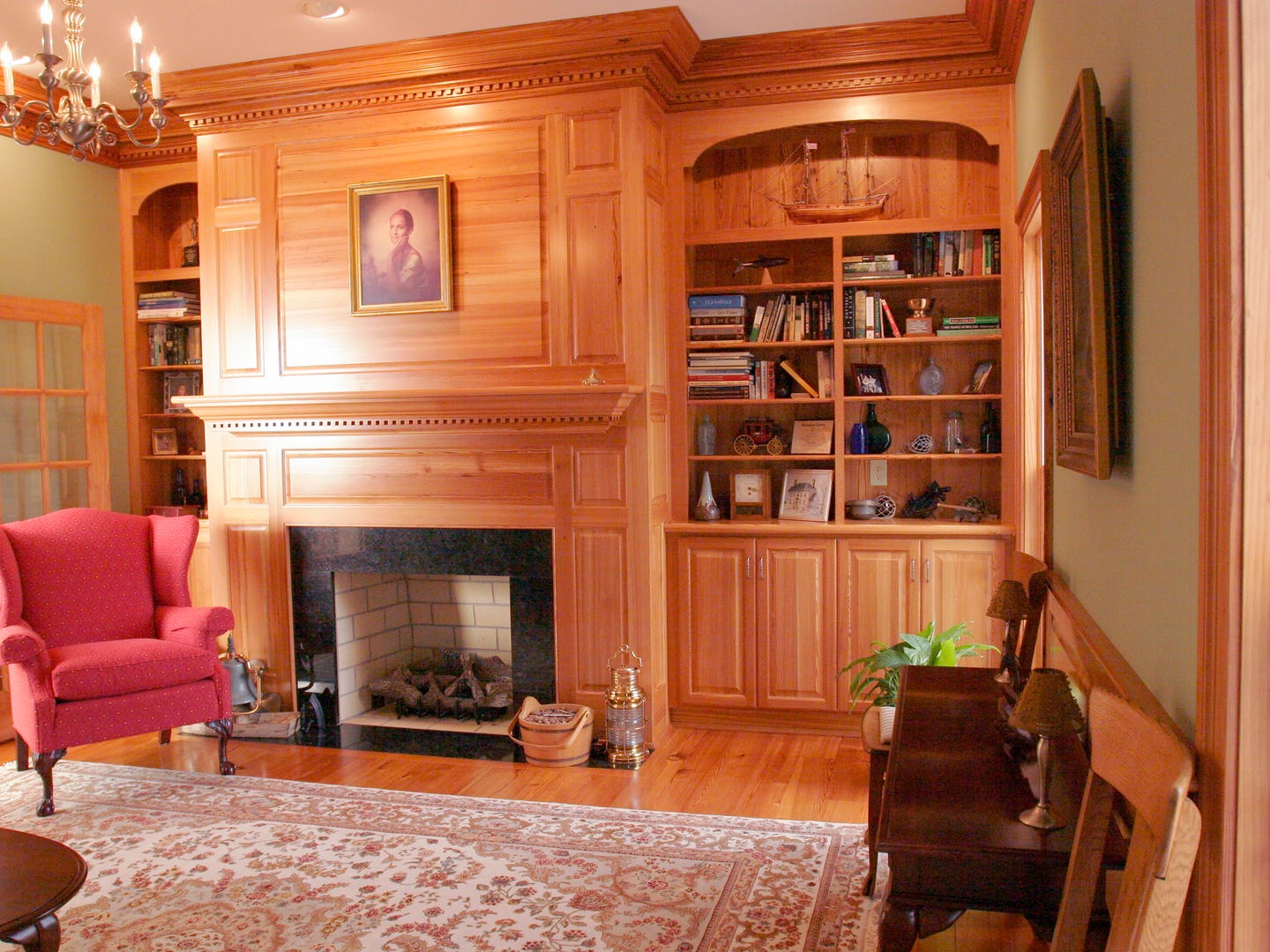
Moore says they started by salvaging old textile mills from the 1880s to 1930s, a practice they continue today. “When there was a building to salvage, a lot of people would come in to bid, but we would only do it after we assessed the quality. Some industrial buildings have much higher quality beams than others.” The characteristics they consider are sapwood versus heartwood content, knot size and content, and nail holes.
Having some of the largest inventory in the business also helps on lead time. “We are sometimes two to three times faster than companies who may have to go to another supplier to fill an order,” says Moore, “especially for major dimensions or quantities.”
He adds that the majority of their inventory is kept as rough stock, so it’s ready to be milled into anything from flooring to moldings. “Send pictures first,” he says. “We’ll start there, and then work on dimensions and details and what meets the budget.”
Sylvan Brandt LLC
Based in the heart of Pennsylvania Dutch Country, Sylvan Brandt LLC in Lititz, Pennsylvania, has been dealing in antique wood materials since the 1960s when founder Sylvan Brandt began reclaiming whole buildings. “Today we make flooring out of barn siding,” says son Dean Brandt. “We use the inside of the boards that have the original saw marks and an orange-brownish color to manufacture what we call our Weatherboard Floor.”
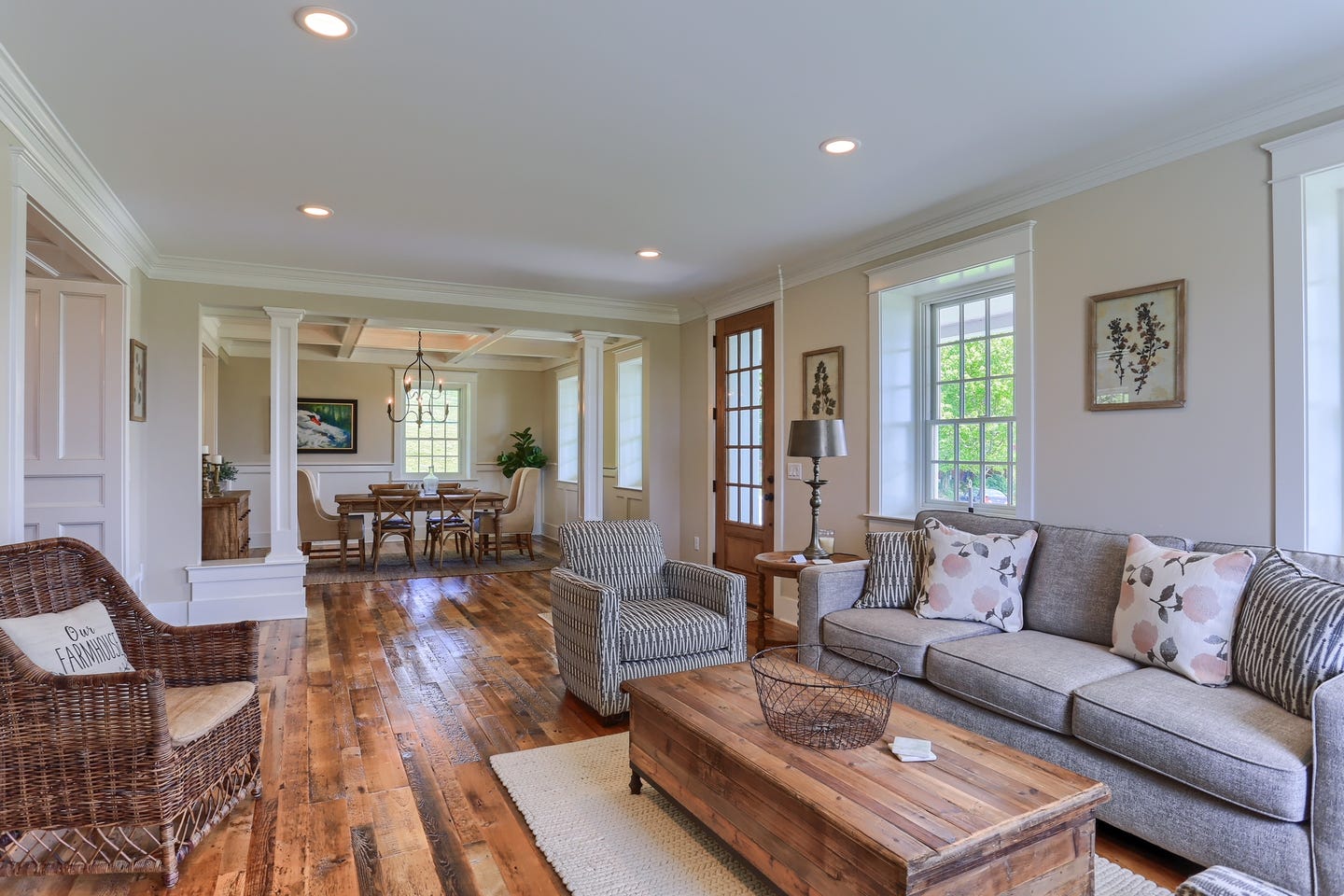
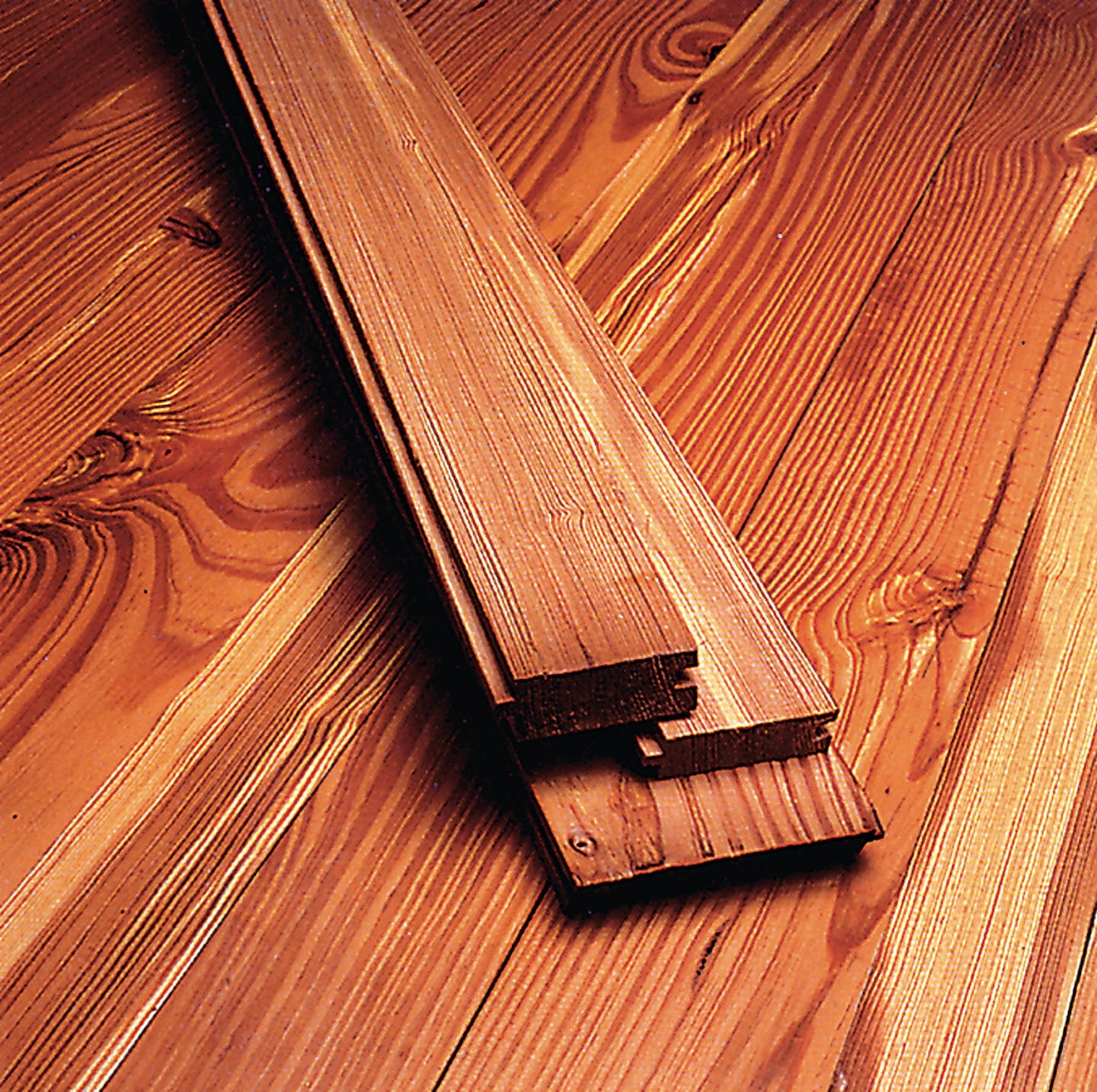
He says architects should also know that they make all their flooring to order. “When I get an order, I may have the raw materials in stock. If not, I buy what I need from people that perfect the demolition of barns.” He says there are local Amish and Mennonite folks who tear down barns regularly and have stock to sell. He adds that their floors are 3/4 inch-thick, tongue and groove, and ready to be nailed down, sanded, and finished.
For antique flooring woods, the company typically offers chestnut, heart pine, oak, and white pine, as well as reclaimed materials for tables and countertops. “Right now, we’re making a 3,500-square-foot resawn oak floor,” says Brandt. “It’s 6 inches to 10 inches wide and cut from reclaimed barn beams.” Barn siding, though, is what appeals to many customers once they understand what it is. “Originally, the board’s outside is either painted white or red, or it’s natural gray,” he explains. “The inside, however, is brown with the original saw marks, very pretty. When you sand it lightly and put on a finish, it really pops.”
Goodwin Company
Being underwater in finance can be problematic, but in reclaimed wood flooring it’s a very good thing. Explains Jeffrey Forbes at the Goodwin Company in Micanopy, Florida, “What architects working in traditional residential or restoration architecture need to know is what we supply is river-recovered material, all cut down between the 1880s and 1920s.” As he describes, this is climax virgin growth, longleaf heart pine, from 200 to 500 years old, and its properties are vastly different from new-growth pine harvested today on plantations throughout the South. “The specific material that we work with is timber that sank as it was rafted down river.” It sank, he says, because it’s the densest timber with the most heartwood and the least amount of sapwood. “The growth rings are tight—which particularly interests architects because that is the material that is likely in the building they are restoring or, in the case of new traditional buildings, can best duplicate what you might have found 150 years ago.”
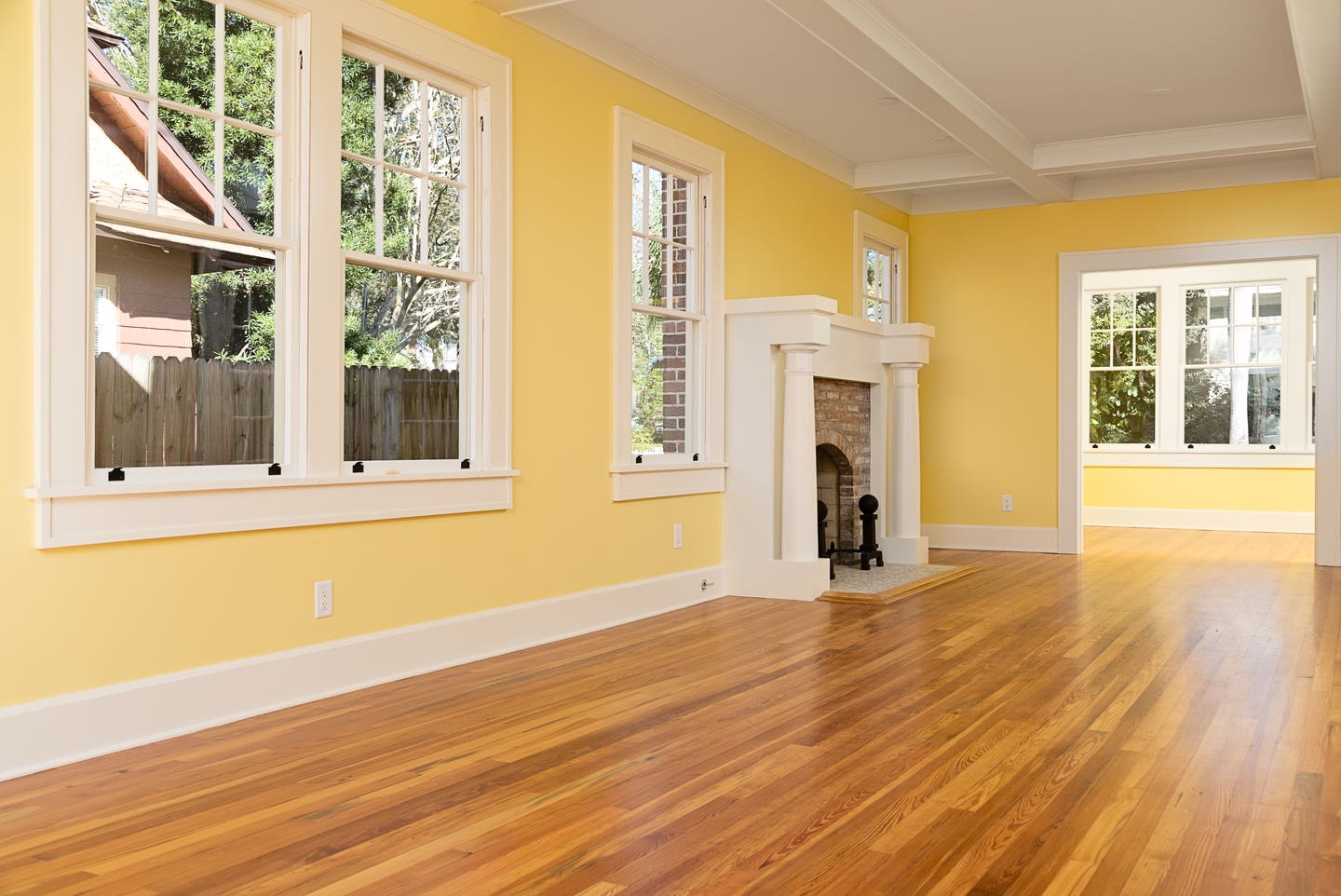
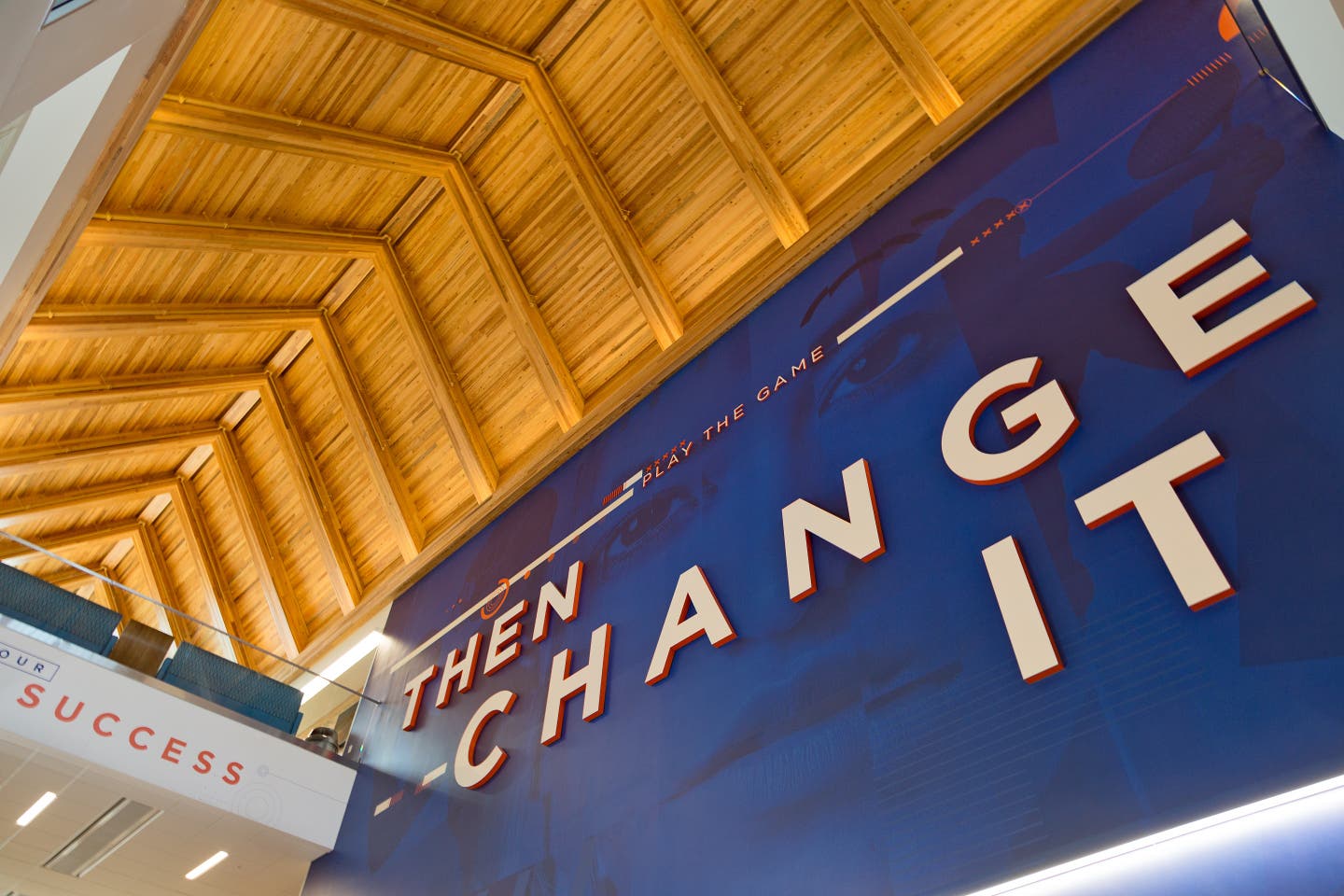
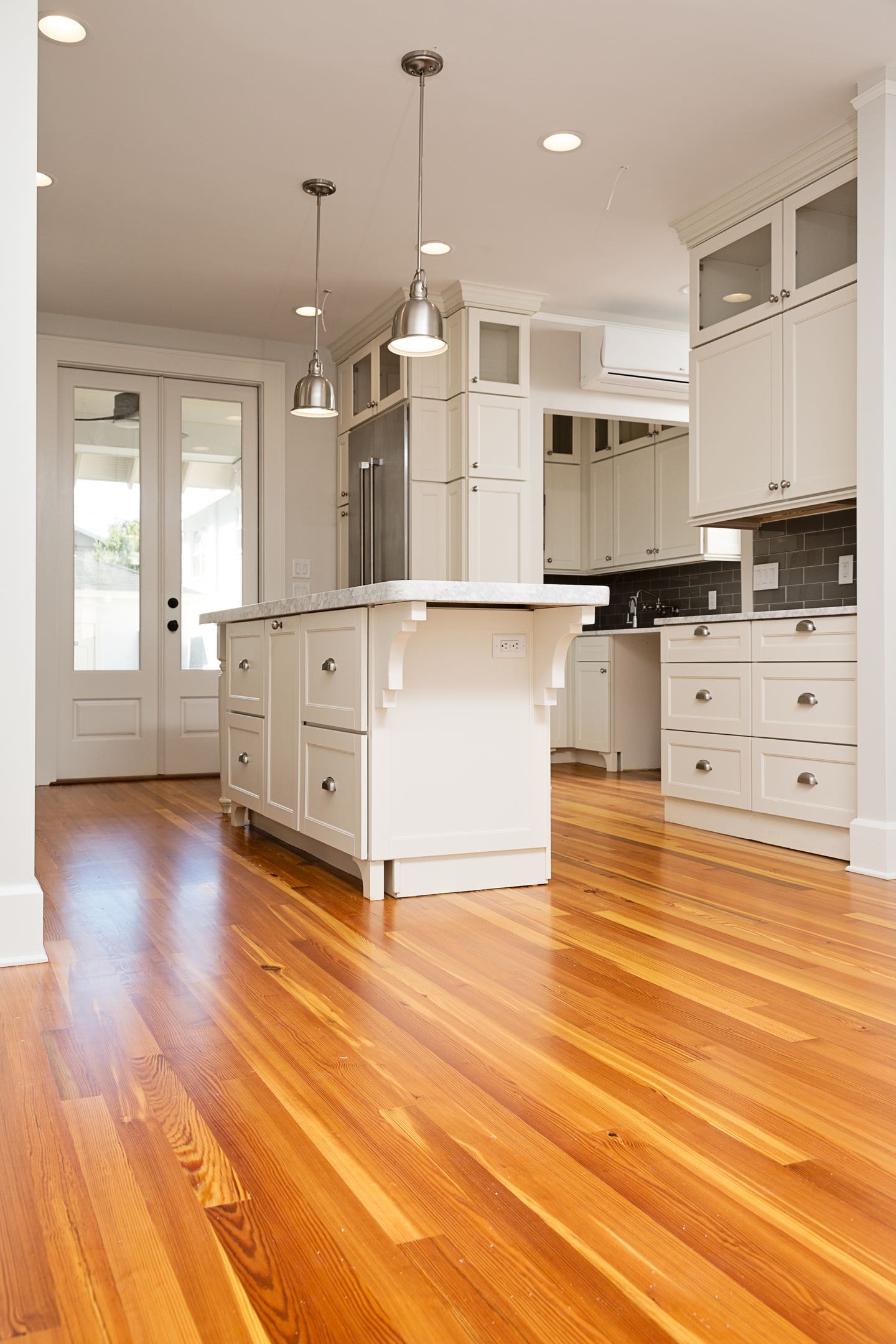
Though they’ve been making beautiful, antique tongue-and-groove flooring and paneling since 1976, as well as staircases, accent pieces, and heart cypress products, that doesn’t mean time stands still at Goodwin. “We’re the first company to make engineered heart pine floors,” reports Carol Goodwin, noting that the floors use certified “green” and low-formaldehyde glues. In fact, a recent project was supplying 23,000 square feet of the product for the Sarasota Art Museum. She adds, “Engineered floors are the fastest growing segment of the flooring market.”
Carlson’s Barnwood Company
True to its name, Carlson’s Barnwood Company in Cambridge, Illinois, has built a business offering flooring from reclaimed farm buildings, but there’s also more to the story. “I’d say the majority of our wood comes from old barns,” says Lanette Carlson, “but we do get some material out of old houses, warehouses, factories, and buildings like that.” When asked what parts of the structure are their sources, she replies it’s pretty much everything. “You’ve got to have a certain amount of quality in order to make flooring or it’s going to fall apart, so it depends upon the quality.” Available wood species are equally varied, with oak, heart pine, and other pines common.
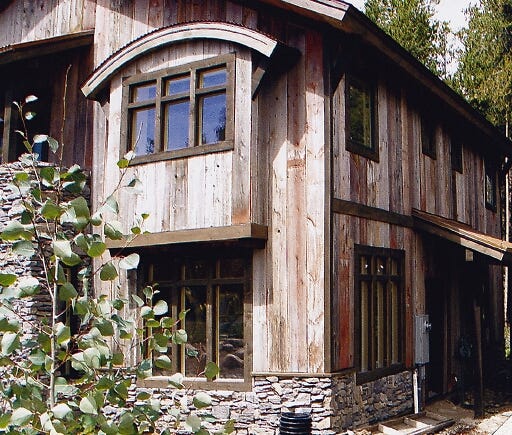
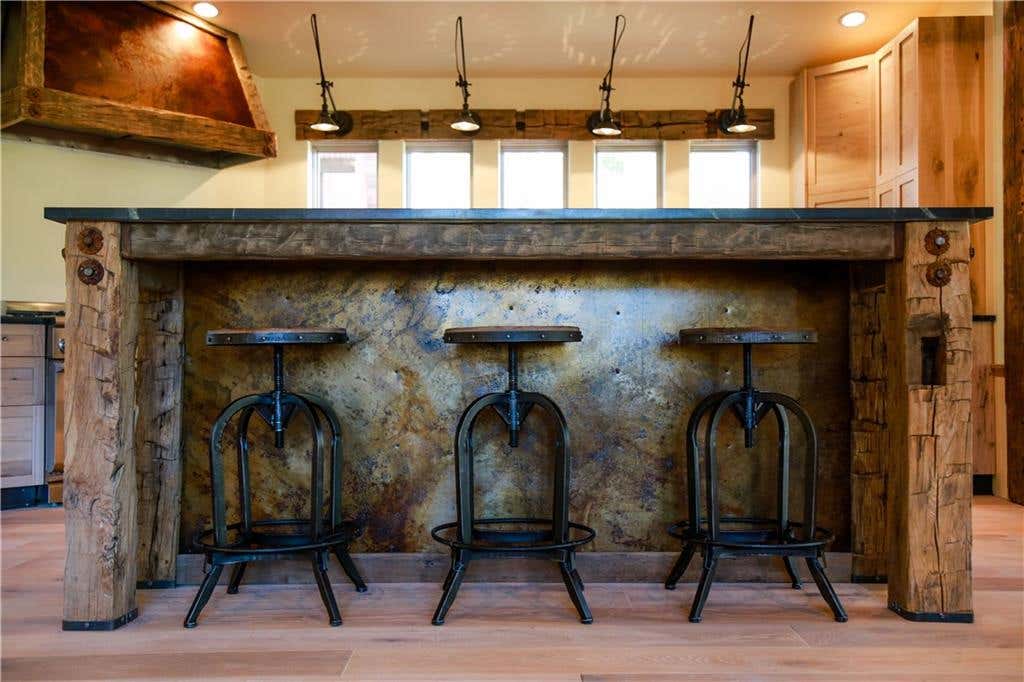
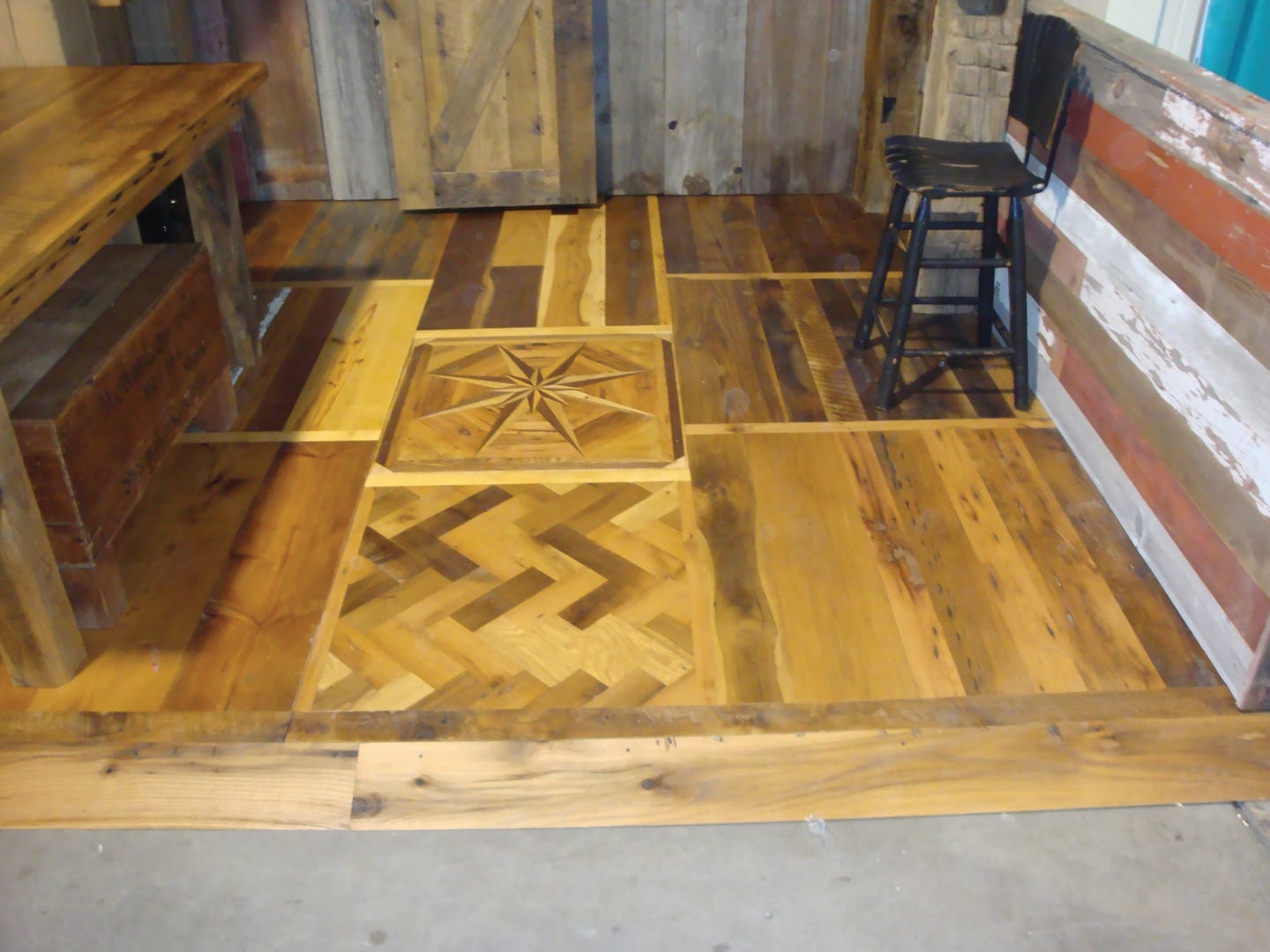
Reclaimed flooring in many minds means wide boards, which are stock-in-trade at Carlson’s. “Usually, our narrowest flooring is about 4 inches, and our widest is whatever we got for material,” she says. “We’re able to do 8-inch, 9-inch, and 10-inch widths if we have in stock the kind of wood the client wants. I’ve done floors that were 15 inches and 16 inches wide.” They also sell some as-is flooring that’s salvaged from barn floors and houses. “We even carry an inventory of floors out of old houses for customers who just need a few boards to fill a hole—say, where a wall was removed.”
Carlson reflects that they’ve been in business since 1995 and grown a wide clientele since then. “We ship all over the United States, including Hawaii,” she says, “and we’ve also shipped products to Canada, England and, Ireland.”
Gordon H. Bock is an architectural historian, instructor with the National Preservation Institute, and speaker through www.gordonbock.com.



